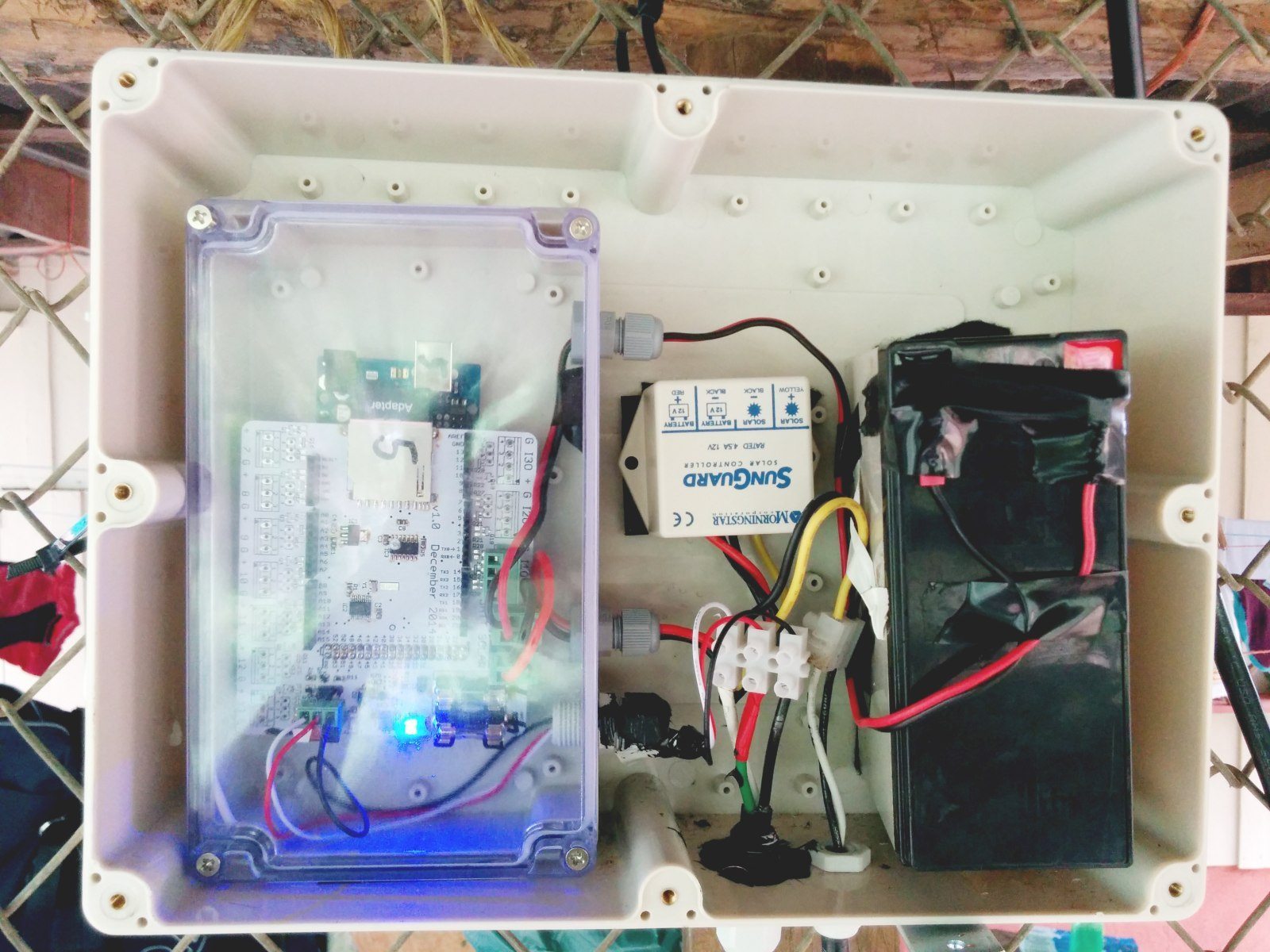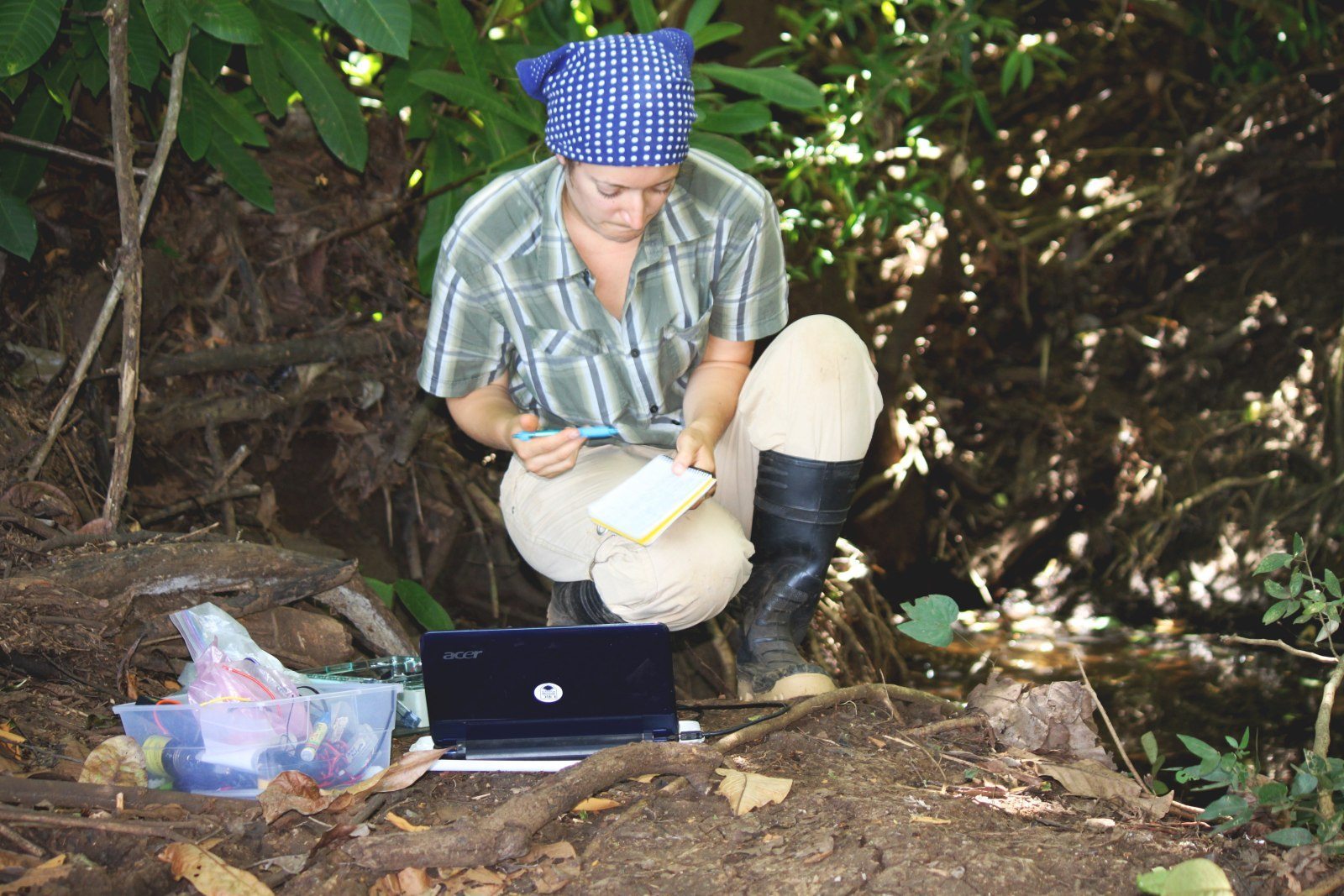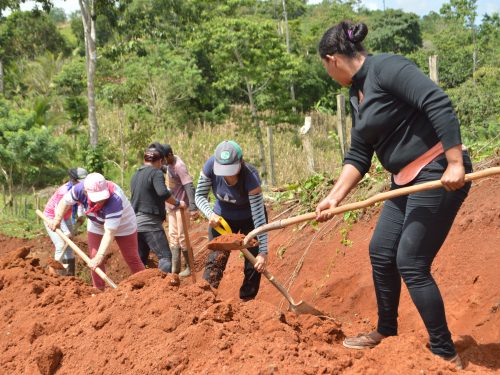
A group of scientists with Proyecto FuturAgua in Guanacaste have designed an instrument that measures how much water there is in local river basins and that costs 80% less than the second-cheapest equipment on the market.
The information that these devices produce allows communities and authorities to make more precise decisions based on the data. This process has only just begun in Guanacaste.
Here, decisions about whether to grant a concession or not regarding the most important rivers and aquifers have basically been made blindly for the last 50 years.
The new tool, known as a datalogger, costs $100. The next least expensive similar item on the market costs $480, but the Water Administration (in Spanish, DA) uses equipment that costs an average of $10,000, according to the DA’s director, José Miguel Zeledón.
These devices are more expensive because they can send data in real time through a cellular antenna and not every month as the $100 datalogger does. These data enter the Ministry of Environment and Energy’s (in Spanish, MINAE) network of well monitoring, where they can instantly analyze which aquifers are most affected.
The data are part of the Real Time Underground Water Monitoring System (in Spanish, SIMASTIR), which is currently operating. However, as of now there is no public access.
His department has 44 measuring points in Guanacaste in the following aquifers: Sardinal, Huacas Tamarindo, Brasilito, Nimboyores, El Coco , Playa Panamá, Nicoya, Tempisque, Playa Potrero, Caimital, Huacas Tamarindo, and Cóbano.
“The dataloggers’ low cost allows us to install them in several measuring stations, which for now are Potrero and Caimital. Otherwise, we would have been able to install one or two more expensive stations,” he said.
This information will allow technicians to know now much water there is at different times during the year and how changes in climate conditions affect the water supply.
FuturAgua presented the initial phase, developed in Nicoya, to the Technical Secretariat of the Integral Program for Guanacaste’s Water Supply (in Spanish, PIAAG) and they expect to present their achievements to governmental institutions in the near future.
Simple Design With Solar Energy
The equipment consists of a sensor placed at the end of PVC. The sensor reads changes in water conditions as frequently as every ten minutes. The data are stored on a SD card and can be retrieved every month.

The equipment is powered by solar panels and uses an open-source programming language called Arduino, which is used to program robots and sensors without a license and at a low cost.
The researchers are part of the FuturAgua project, which for the last three years has been researching and developing water-related projects for Guanacaste.
FuturAgua has the support of institutions in four countries: United States, Canada, France, and Costa Rica. In Costa Rica, the Tropical Agricultural Research and Higher Education Center (in Spanish, CATIE) guarantees the project’s effectiveness, quality, and direction.
“FuturAgua’s goal is to increase the population’s resilience to face drought,” said Marianela Argüello of the FuturAgua project.







Comments